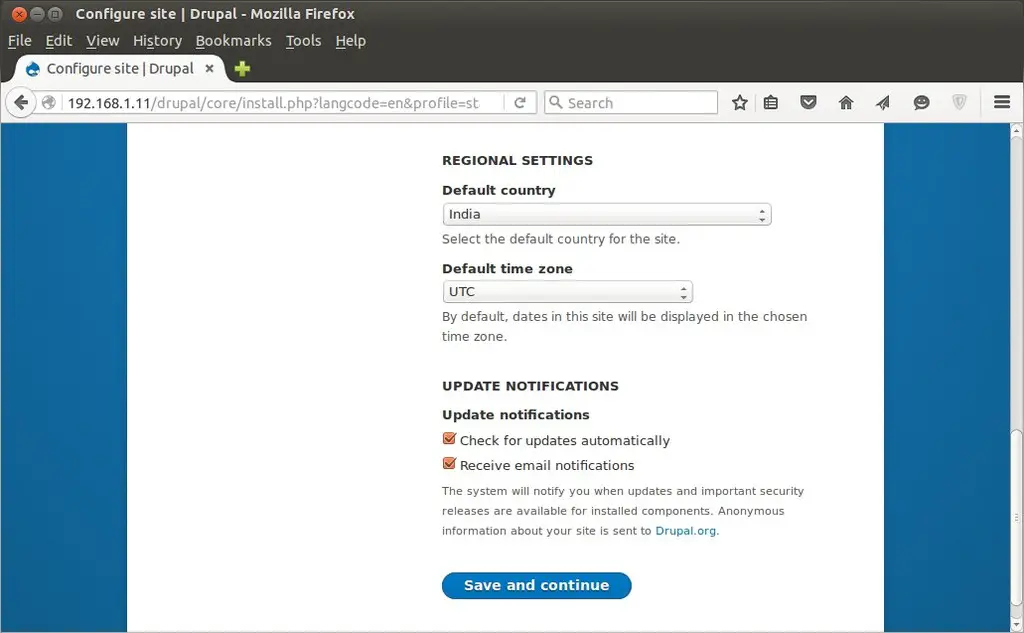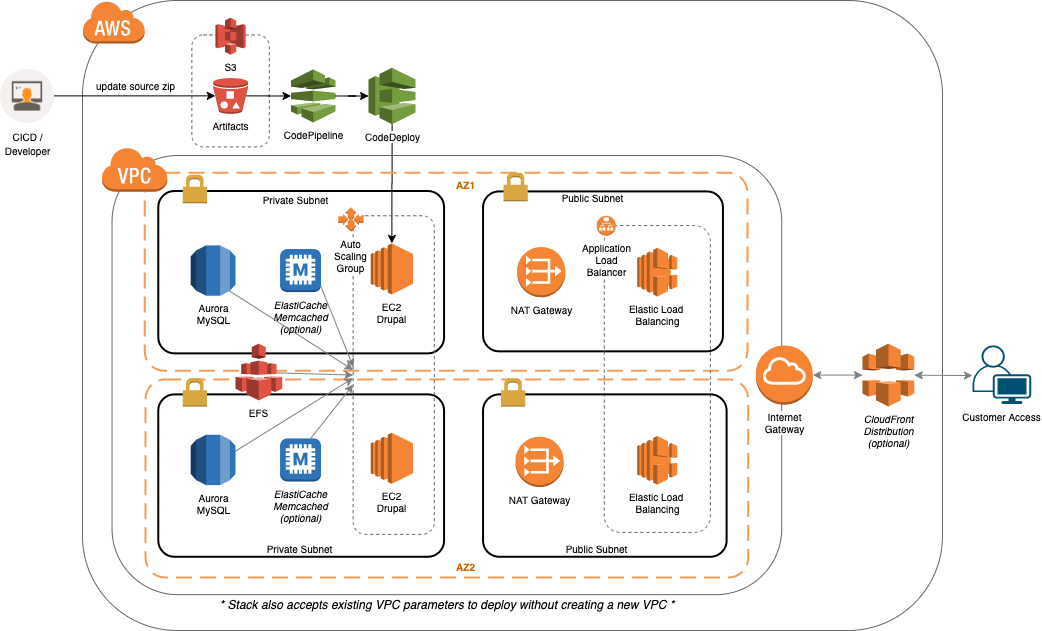

- #Install drupal on aws linux install#
- #Install drupal on aws linux update#
- #Install drupal on aws linux full#
#Install drupal on aws linux full#
To contrast both efforts in terms of time, getting up and going with AWS probably took me a full week of using their docs and getting the right services wired together in order to launch a website. I changed DNS early this morning and was so confident in this move that I terminated/deleted all AWS services I was using immediately. My CI script was cut in half, now I can just have it focus on build validation and the minimal automated testing I have for this site. GitLab is not responsible for the deployment part anymore, packaging up and pushing a fully built git artifact containing Drupal core and contributed modules. Since Platform.sh can run Composer in the provisioning stage when building your environment with every change, this also simplified part of my deployment process. Any time I push branches, I can create a private development site of that branch. I also have it integrated with my GitLab account. I didn't have to ssh in to a Linux server and fiddle about with conf files or Apache or any of that. With exception to updating Drupal core and Drush, most of these changes happened in a YAML file specific to Platform.sh.
#Install drupal on aws linux update#

This would mean learning AWS Elastic Container Service, spending a lot of time and probably spending way more money. Two, I could run the way I wanted to run things - on Docker / Kubernetes. In the interim, I would incur more cost on AWS because I would essentially have a duplicate server and database running while I got everything ready and updated.
#Install drupal on aws linux install#
One, I could provision a new EC2, install the newest versions of all that software, test it and make sure it works and this site would work and eventually make the switch over. That is a bit high when overall maintenance is difficult as mentioned.



 0 kommentar(er)
0 kommentar(er)
